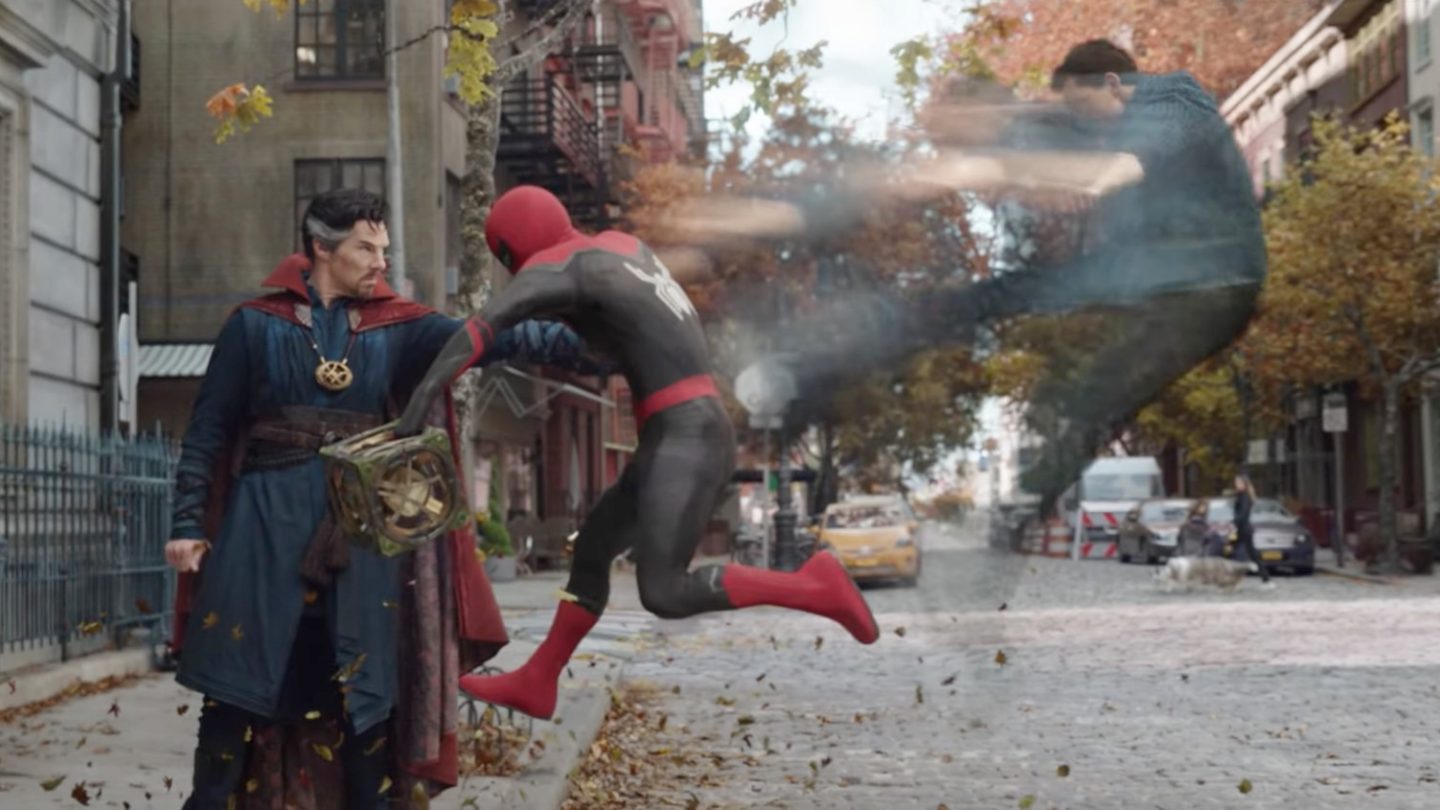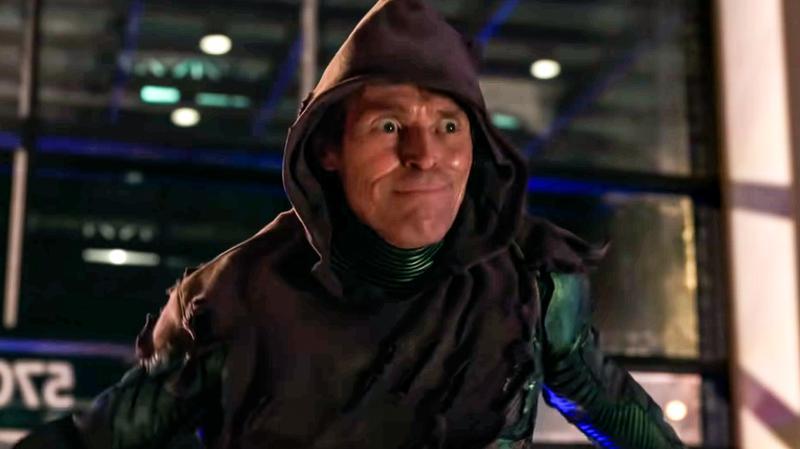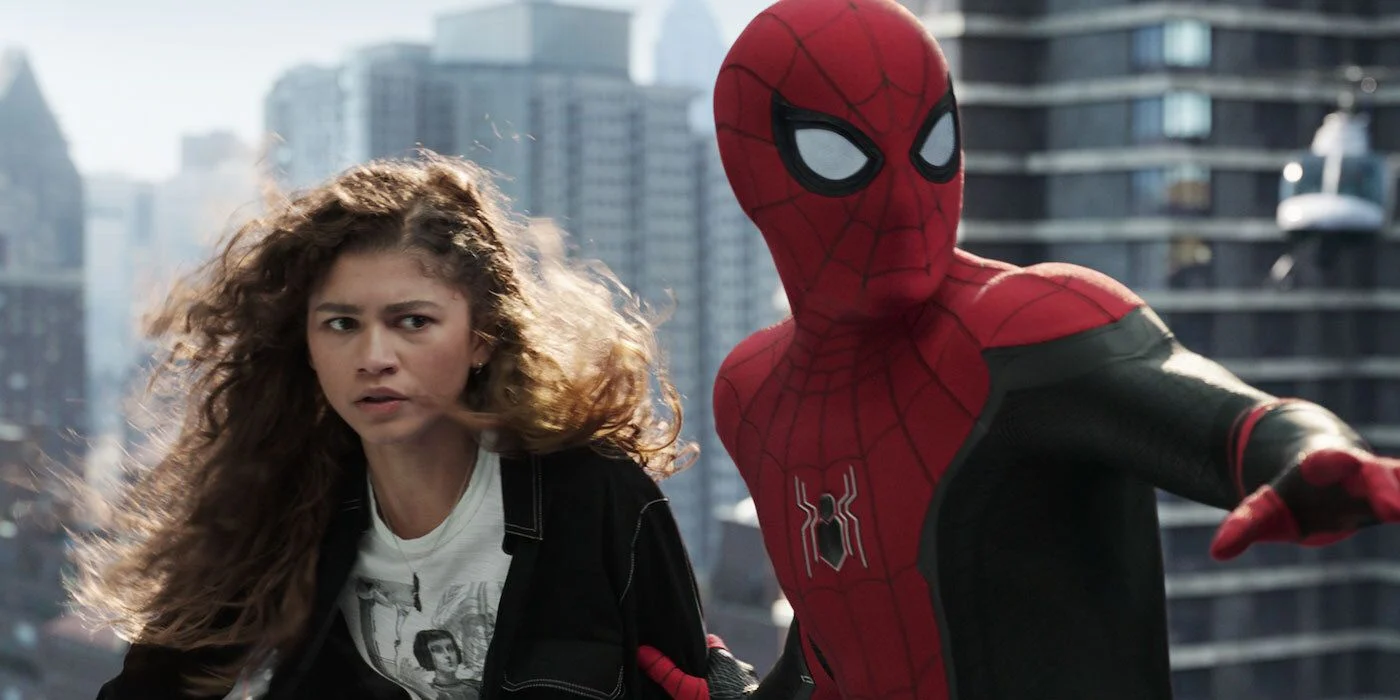“The Simpsons Already Did It” is a 2002 episode of South Park. Trey Parker wrote the now-classic installment out of frustration, because he was always scrapping good ideas for episodes after someone remembered that The Simpsons had gotten there first. In sci-fi circles, there’s a lesser-known equivalent: “Doctor Who did it,” a recognition that, over the almost 60 years Doctor Who has been on the air, staff writers at the end of their wits have already tried everything. In the 1970s, for example, the Doctor Who serial “The Ark In Space” donated many plot points to Alien, including parasitic, wasp-like creatures who feed on human hosts, and an ending that is uncannily similar to Ridley Scott’s. In “The Deadly Assassin,” the Doctor must enter a computer simulated world called The Matrix to battle a malevolent intelligence that controls the fabric of reality. In 1973, Doctor Who celebrated its tenth anniversary with a very special episode, “The Three Doctors,” in which all three of the actors who had at that time played the regenerating Time Lord teamed up to defeat an ultimate evil.

Which brings us to Spider-Man: No Way Home. Since the new Marvel film just scored the second-biggest opening weekend in history, taking home a dizzying $637 million worldwide as of this writing, I’m going to assume you already know where I’m going with this Doctor Who digression.
The film, directed by Jon Watts, helming his third Spider-Man solo outing, begins immediately after the events of Spider-Man: Far From Home. Longtime spider-antagonist J. Jonah Jameson (J.K. Simmons) uses his paranoid tabloid website TheDailyBugle.net to broadcast a video from the dying Mysterio (Jake Gyllenhaall) outing Peter Parker (Tom Holland) as Spider-Man. Peter, having just returned from saving London’s bacon, is intent on exploring his new relationship with MJ (Zendaya) and getting into M.I.T. Instead, he finds himself at the center of a media maelstrom, and the lives of the people around him, like Aunt May (Marisa Tormei), his bestie Ned (Jacob Batalon), and handler Happy Hogan (Jon Favreau), are thrown into chaos.
Since Peter knows that the post-Thanos world was set right by the reality bending power of Doctor Strange’s (Benedict Cumberbatch) magic, he seeks out help from his super-colleague. But when they try to cast the spell to erase the world’s knowledge of Spider-Man’s identity, Peter’s indecisiveness distracts Strange at the wrong moment, and the universe shudders. Suddenly, Spider-Man is called to fight some villains that are unfamiliar to him — but familiar to us in the real world who have watched nine Spider-movies in the last 20 years.

For, you see, Spider-Man: Far From Home is the result of a long-running dispute that has made many a corporate lawyer’s boat payment. Spider-Man has been the jewel in Marvel’s crown of classic characters since his introduction in 1962. When the company fell on hard times, back in the 1980s, it sold Spidey’s movie rights to stay afloat. This resulted in a series of collapsed projects and lawsuits that stretched over 16 years. Ultimately, Columbia Pictures traded its claim on the James Bond franchise to MGM in exchange for the spider-rights, and parent company Sony footed the bill for the excellent 2002 Spider-Man, directed by Sam Raimi and starring Tobey Maguire as the friendly neighborhood webslinger. After three movies, Raimi and Maguire handed the baton to Marc Webb and Andrew Garfield for The Amazing Spider-Man, which was decidedly less than excellent.
Meanwhile, Disney CEO Bob Iger (who is retiring at the end of 2022 to go count his money) had the bright idea to just buy Marvel outright — albeit without Spidey. Disney took the Marvel B-team, the Avengers, and made them the core of a cash machine. Meanwhile, Sony was thrown into crisis when the North Korean government hacked its computers as retaliation for the Seth Rogen comedy The Interview, and it was forced to the bargaining table with Disney. After unfathomable amounts of money changed hands, Spider-Man could once again share the screen with other Marvel characters.

Far From Home is essentially a reunion show, bringing back familiar faces from the franchise’s multi-corporation evolution. First, there’s Doctor Octopus (Alfred Molina), who confronts Spidey on the now-mandatory bridge fight scene. Also from the Sam Raimi Spider-years is Sandman (Thomas Hayden Church), and The Green Goblin (Willem Dafoe). From the Amazing Spider-Man years come Lizard (Rhys Ifans) and Electro (Jamie Foxx), and they’re all confused when they see that the MCU Peter Parker doesn’t look the same as he did when the intellectual property was controlled by Sony.
Surprise! Doctor Strange’s magic also brought Tobey Maguire and Andrew Garfield, both sporting their respective spider-jammies, to Earth C-53, and the aforementioned classic Doctor Who episode breaks out. If it ain’t spider-broke, don’t spider-fix it!
Seeing the three Spideys together, it’s safe to say the hero has had good luck with casting. Maguire, nowadays mostly a producer, exudes emo gravitas. Garfield, saddled with bad scripts and indifferent direction during his tenure, blossomed as an actor in his post-superhero career. He looks like he’s having the most fun. Holland, meanwhile, tries valiantly to hold the whole mess together, one reaction shot at a time. On the other side, the always brilliant Alfred Molina and Willem Dafoe deliver better than the material deserves. Meanwhile, current it-girl Zendaya outshines everyone whenever she and Holland scheme together to, as Doctor Strange says, “Scooby Doo this shit.”
As a stand-alone work, No Way Home can’t match either the Raimi-Maguire era or even Holland’s first outing, Homecoming. But the film, which just had the second biggest opening box office weekend of all time and is being hailed as the savior of the theatrical experience, is better understood as the successful culmination of a decades-long branding exercise by the two largest intellectual property conglomerates on the planet. Hooray for Hollywood!
